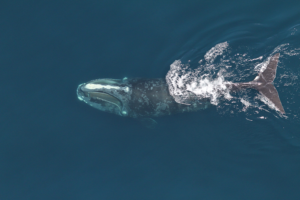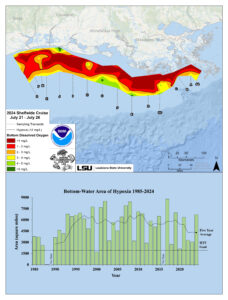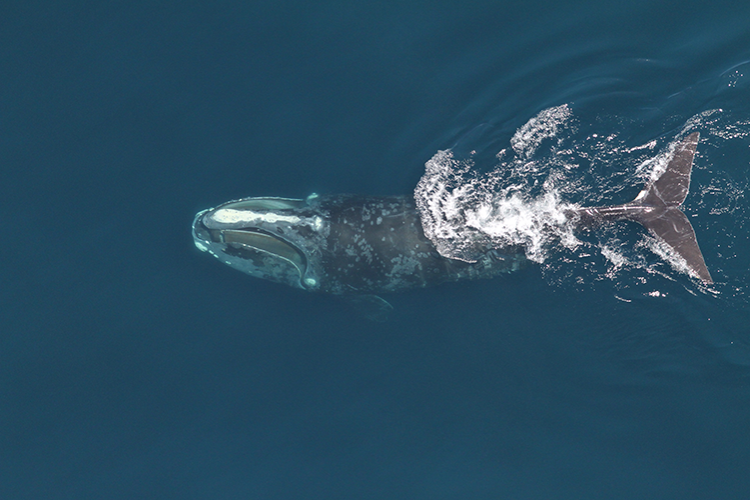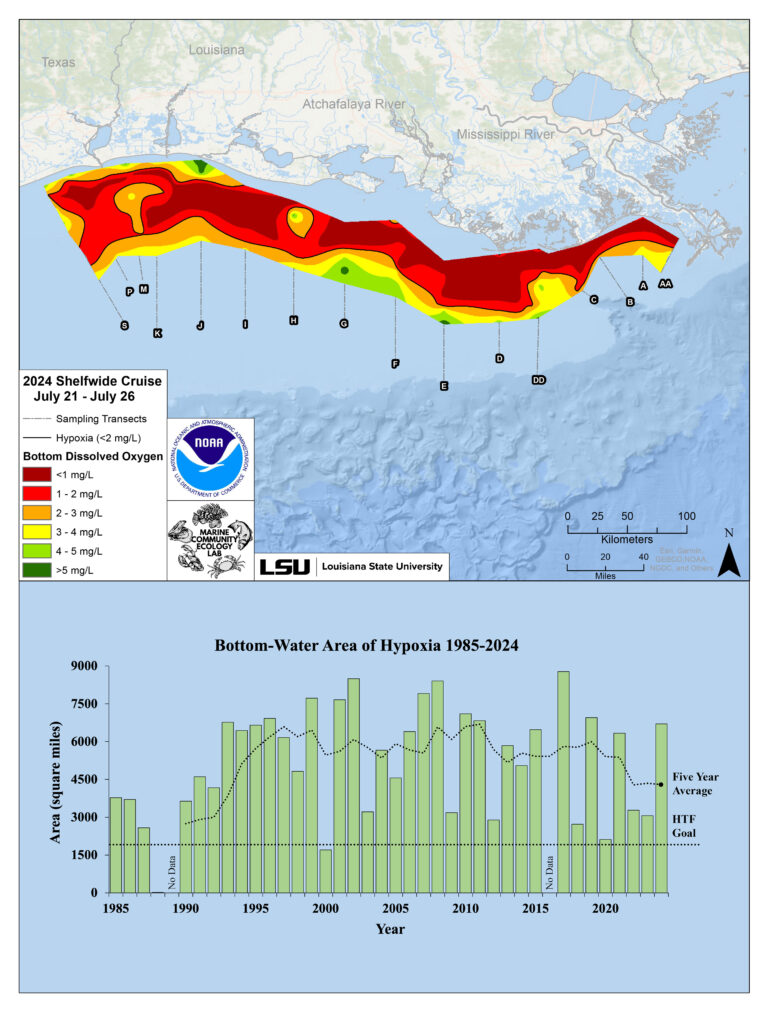
Warming waters and changing ocean conditions might be causing toxic mercury concentrations to rise in fish species, according to the journal, Nature.
Researchers built a computer simulation that mimics different fish species, their behaviors in various ocean temperatures, how they grow, and what they eat based on their environment, according to WBUR, New England’s National Public Radio station.
When researchers began changing seawater temperatures in the model, the virtual fish began displaying much higher concentrations of mercury.
“That’s how we realized, wait a second, temperature has a pretty large impact on mercury levels in fish,” Amina Schartup, an environmental health scientist at Harvard University and the Scripps Institute of Oceanography and lead author on the study, told WBUR. “When you warm them up, they eat more.”
The virtual fish ate more, ingesting more mercury, but didn’t grow fast enough to make up for the additional mercury they consumed.
Though a subtle increase, it adds up quickly for predatory fish like tuna — a common target for sportfishermen.
For every 1 degree Celsius in warming, the model suggested cod would see toxic mercury concentrations rise by 30 percent, and dogfish would see an increase of 70 percent, if only temperature is taken into account.
By 2030, the model suggested rising temperatures could cause mercury concentrations to rise 30 percent in Atlantic bluefin tuna, practically reversing the drop in toxic mercury in this fish over the last 30 years.
When the team sampled Atlantic bluefin tuna in 2017, it found the average toxic mercury concentration was 809 micrograms of mercury per kilogram of tissue. The Environmental Protection Agency recommends that people avoid eating fish containing more than 460 micrograms of mercury per kilogram of tissue.
If mercury rules relax in the United States, as proposed by the Trump Administration, it could compound the problem.











